Book tip: Vast Land
Book tip: Vast Land
April 14, 2023
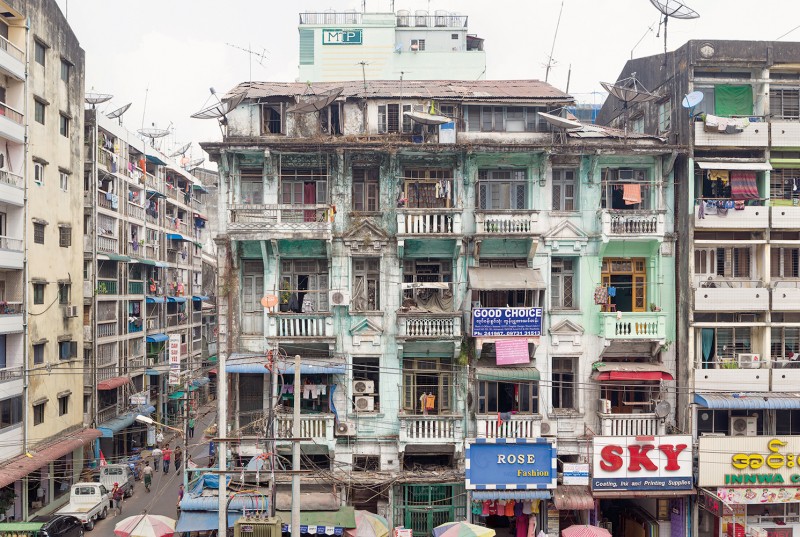
Yangon
German photographer Wolfgang Bellwinkel's latest and visually impressive photo book takes a look at these three urban centres. The country's more distant history is even more confusing, counting as many as 22 capitals and 39 changes of government between 849 and the present. “The last two centuries have rarely smiled upon Myanmar,” says Franz Xaver Augustin, Head of the Goethe Institute there from 2014 to 2019, states in his foreword to the book: “Three bloody wars culminated in colonial subjugation, ushering in a brief heyday that primarily benefitted the European rulers. Then came the horrors of the last World War; and, finally, the turmoil of civil war, following immediately on the heels of independence, and leading to five decades of stifling military dictatorship. After the country opened up in 2011, the next ten years saw a fragile freedom and modestly increasing prosperity; but they were also marked by manifold ethnic conflicts – not least, the expulsion of the Rohingya from Rakhine. This phase, too, ended abruptly with another military coup in February, 2021, and the violence-infused state of emergency, ever since.”
How is history reflected in Myanmar's architecture? Despite the book's reduced and rather documentary approach, the great diversity between the three cities – all have represented or represent,the centre of political power at one point or another – is clearly in evidence. Planned on the drawing board, each city was intended to serve the respective rulers' ideas of representation, order and security. Mandalay, the capital from 1857 to 1885, was also a symbol of the failed rebellion of the last Burmese Buddhist rulers against British colonialism. Today, the continuously built-over urban ensemble appears chaotic and lacking in any concept. Yangon, the capital from 1885 to 2005, was once considered the ‘Pearl of the British Empire',and the photographer has succeeded in capturing the morbid charm and legacy of its colonial foundation, but without an exotic transfiguration of the decay. The planning of Naypyidaw, the capital since 2005, appears seriously overstretched and dysfunctional. In this case, Bellwinkel reveals, above all, the barren emptiness between the existing buildings. As Augustin explains, "emptiness is the all-determining motif - emptiness and distance as the expression of a paranoid regime”. The defining merciless brightness in Bellwinkel's pictures offers the best, subtle criticism of this urban planning. In all three chapters, which are accompanied by short statements by the local inhabitants, the photo book does a convincing job of revealing the respective character of each city, and illuminates their varied contemporary histories.
Wolfgang Bellwinkel: Vast Land+-
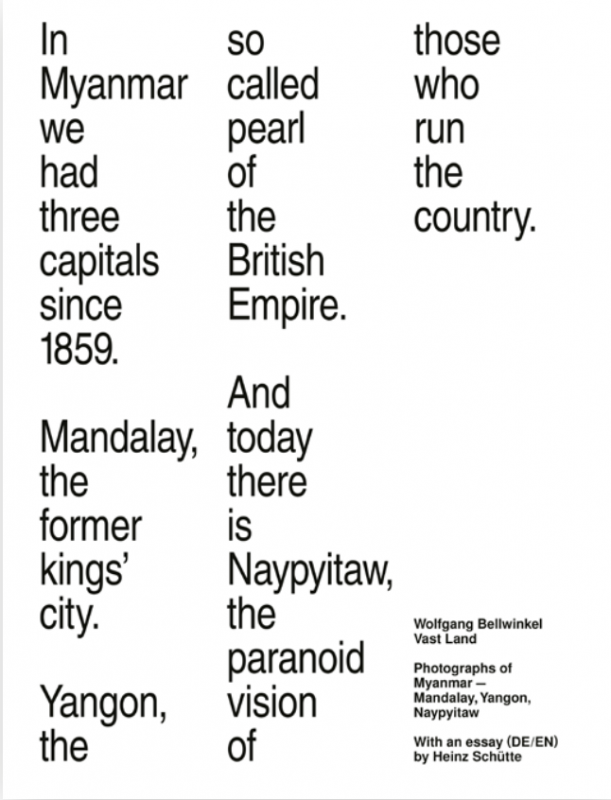
With texts by Franz Xaver Augustin and Heinz Schütte
144 pages, 56 colour pictures
24 × 31.5 cm, German / English
Hartmann Books

Yangon

Mandalay
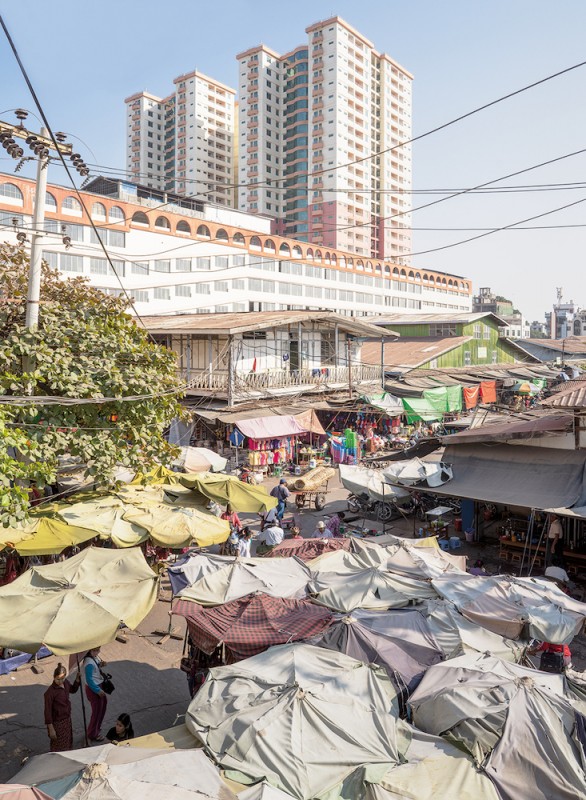
Mandalay
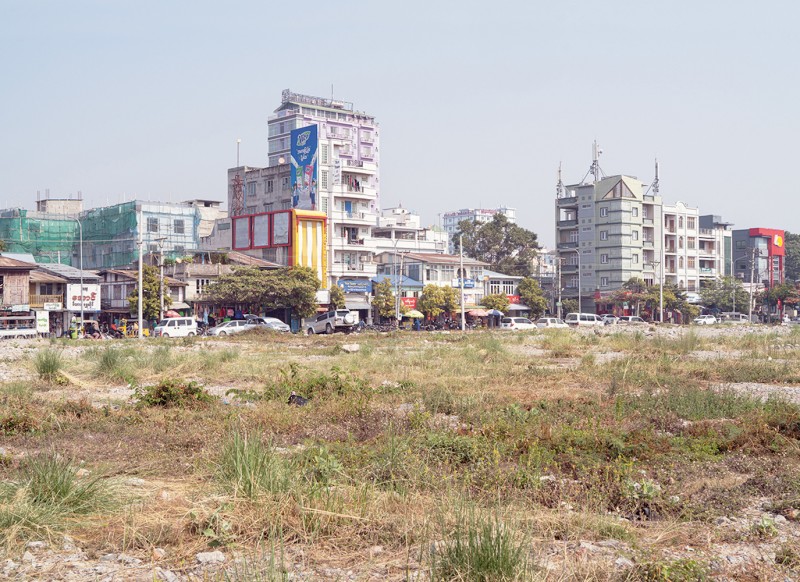
Mandalay
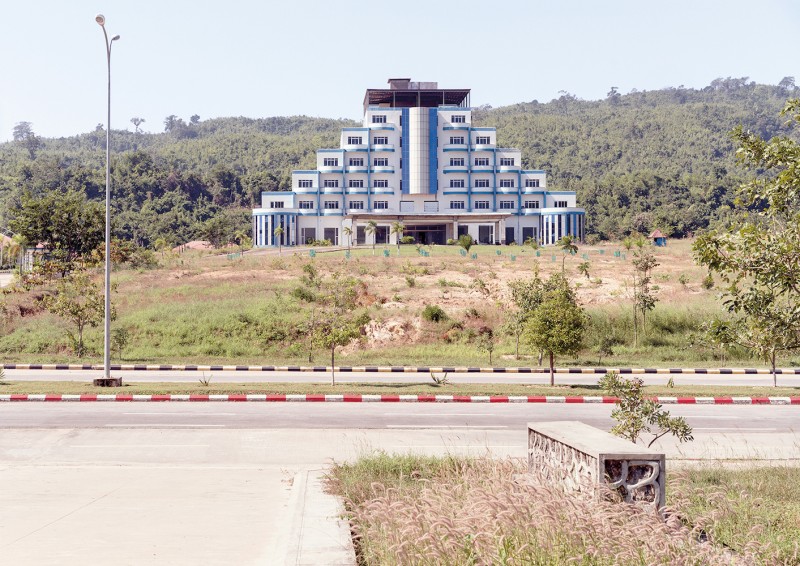
Naypyitaw
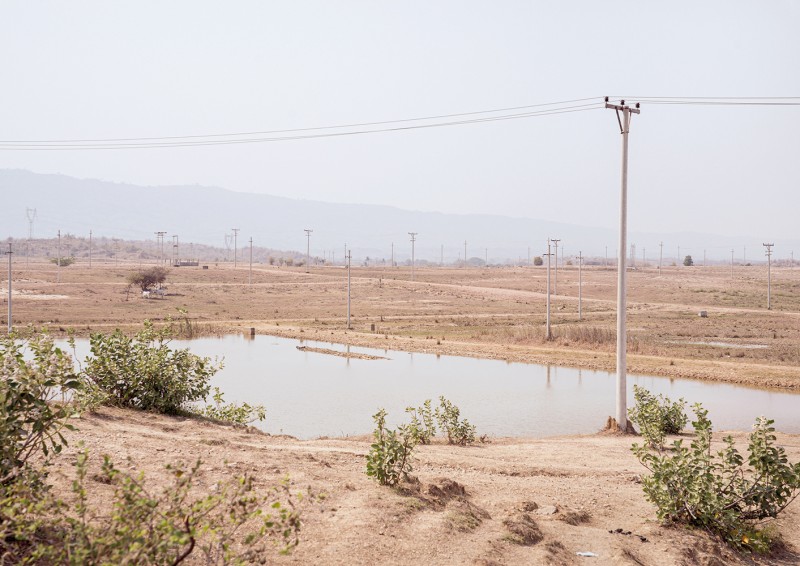
Naypyitaw

Yangon
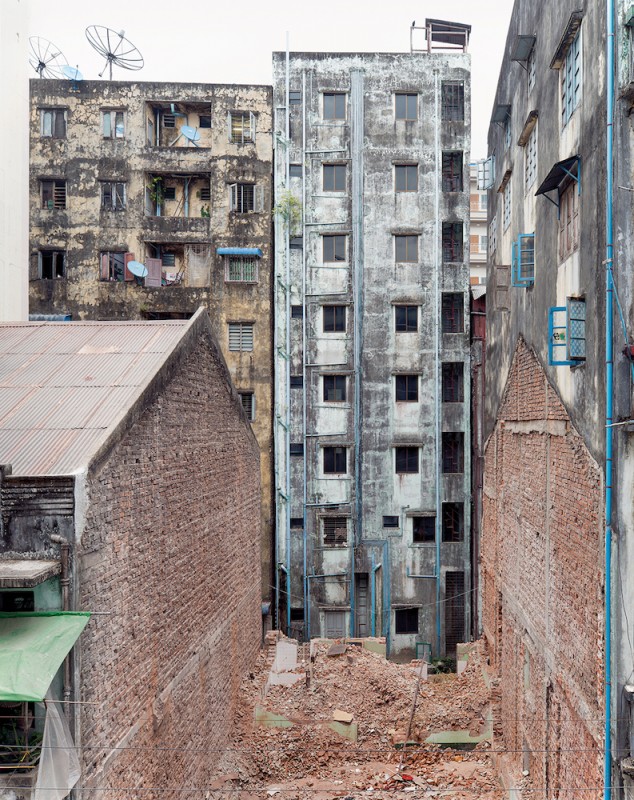
Yangon